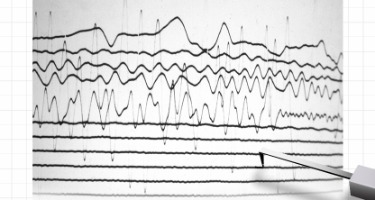Basel III is the term for the third installment of the Basel Accords, the voluntary global banking regulatory framework that has been implemented in the U.S. by the Office of the Comptroller of the Currency, the Federal Reserve Board, and the FDIC. This article provides a brief overview of one aspect of the Basel III rules: establishing requirements for loans to certain development projects.
Projects covered under Basel III are called “high volatility commercial real estate” (HVCRE), which entails any credit facility, prior to permanent financing, made for the purpose of financing the acquisition, development, or construction of real property. This includes not only new development projects but also, for example, loans to acquire and renovate an existing building if the loan facility contemplates future advances. With HVCRE loans, the lender must meet higher capital requirements and is subject to certain additional record-keeping requirements. As a result, HVCRE loan pricing may be higher and availability lower.
HVCRE loans are exempted if they finance one to four family residential properties, agricultural land, or certain community development projects. In addition, a loan will not be subject to HVCRE rules if it satisfies all three of the following criteria:
1. The loan fulfills applicable LTV requirements;
2. Prior to the making of the loan, the borrower contributes capital to the project in the form of cash or readily marketable assets, in the amount of at least 15 percent of the “as completed” value of the project; and
3. The capital is “contractually required” to remain in the project for the life of the project or until converting to permanent financing.
“Projects covered under Basel III are called high volatility commercial real estate (HVCRE).”
In order to satisfy the second exemption criterion above, the 15 percent is measured not against the loan amount, but the “as completed” value of the loan (meaning when the project is fully completed and not just when it is stabilized). This will be more difficult for projects with a high “as completed” value. The borrower may use its payment of expenses as well as its contribution of land to the project to satisfy the 15 percent requirement, but only the original cost of the land to the borrower may be used, not the current value. Furthermore, the borrower’s contribution must be in place before the lender advances any funds and the lender’s records must include documentation showing its determination that the 15 percent contribution requirement was satisfied.
In order to satisfy the third exemption criterion above, the loan documents must include an express provision requiring that the borrower’s capital remain in the project.
This brief overview of Basel III reflects only a piece of what is clearly a complicated set of rules. It remains to be seen what effect these new regulations will have on commercial lenders and borrowers.1
---------------------------------------
1 Additional information on this topic may be found in a joint bulletin on regulatory capital requirements issued by the OCC, the Federal Reserve, and the FDIC on April 6, 2015, at https://www.occ.gov/news-issuances/bulletins/2015/bulletin-2015-23.html and in a series of FAQ’s issued by the FDIC in March 2015.

























